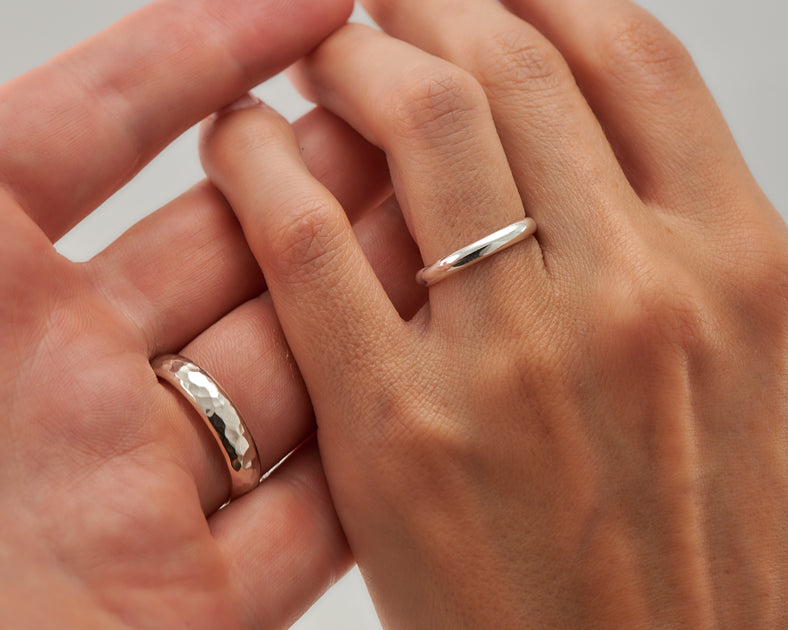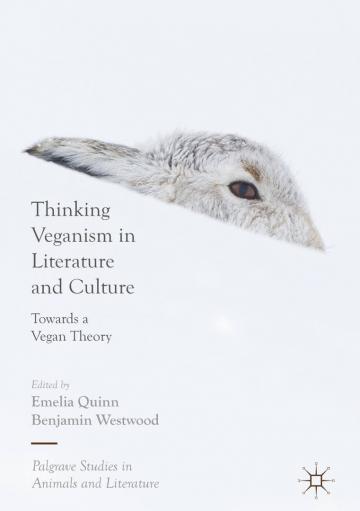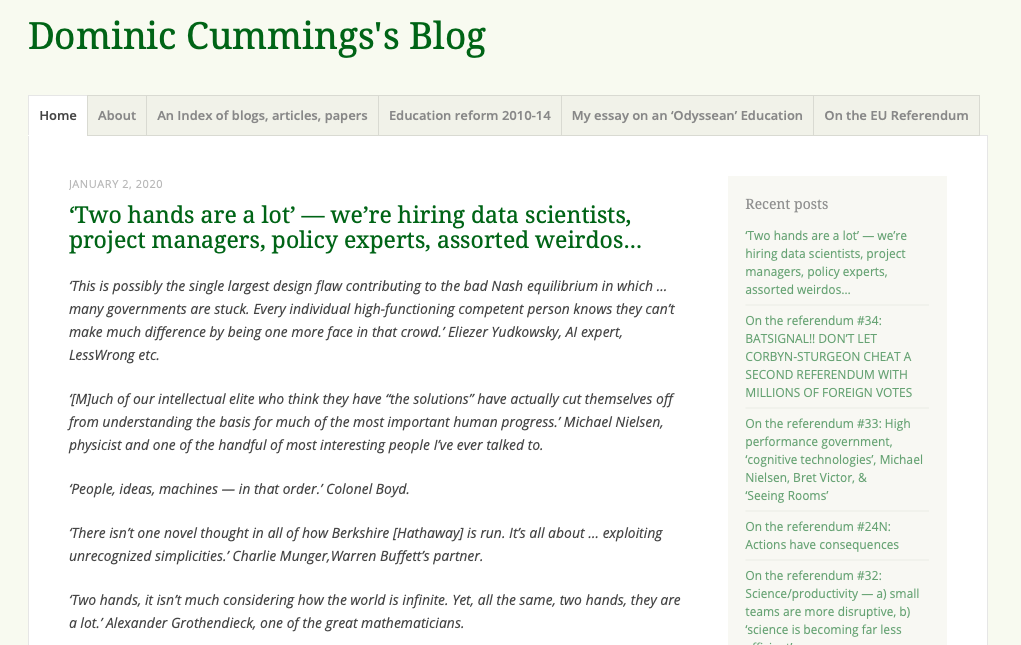This article is a pre-edited version of an article published here in the October 2015 edition of Literary Review.
Despite everything, I am six weeks married. The ‘everything’ is not the man, who is my soulmate and my mighty tower. It’s marriage – an institution that I long hesitated to enter. For one thing, I didn’t understand what the state, the ultimate manifestation of the public, had to do with my private life. I considered a relationship a daily plebiscite, not a bond. If I were comfortable with sitting in one particular armchair for the rest of my life, why would I affix straps to the chair and ensure that I could not move? Could modern marriage be anything more than a romantic gesture, like the acquisition of a tattoo of the beloved one’s name, relatively easy to do but an expensive and embarrassing pain to get rid of? Was not the very idea of marriage, like many of its quasi-obligatory rituals, both retro and fictionalising – like the ending to a Victorian novel?
I answered these questions in my own way – but did not cease to be preoccupied by them as my wedding approached. I was working as literary consultant to Jed Mercurio for the recent BBC One adaptation of Lady Chatterley’s Lover, a novel that had no illusions about marriage and fully endorsed Constance in asking for a divorce when her flourishing demanded it. It struck me that, with D H Lawrence, literature had reached a turning point. It wasn’t that he didn’t regard long-term relationships as one of the greatest goals of life; instead, his interest led him to narrate the relationships themselves (The Rainbow takes its readers well past its weddings; his short stories plunge their readers into the middle of marriages themselves), as opposed to describing the approach to their establishment, which had occupied so much literature to that point.
Of course, you can see why they did it – those dramatists and novelists, from Menander to E M Forster, who ended their stories with marriage. Marriage is the strong ending that isn’t death but the gateway to a heavenly ever-after-life. Following marriage, there is nothing to narrate, except what is liable to provoke envy, boredom or irritation. By contrast, there is excitement in the quest for the right partner, which might be enlivened by all sorts of things, including the woman’s, her father’s or the man’s idiotic first choices.
But as the 20th century progressed, literature lost its love of happy endings, or definite endings of any kind. Lady Chatterley’s Lover ends with both couples living apart and petitioning for divorces. Writers from Samuel Beckett to Muriel Spark to Ian McEwan have studied the complex timbres of marriages. At the same time, the average age of female protagonists has been lifted well above their early twenties, in the very teeth of the Cult of Youth that has burgeoned during this period.
The shift was caused by more than just a weariness of this particular kind of wish fulfilment. The Married Women’s Property Acts, passed between the 1870s and 1890s, made it financially possible for women to leave marriages. The Divorce Reform Act of 1969 made divorce more attainable still. Marriage was no longer the traditional ending that it had been; in the possibility of its coming to an end itself, there was something new to narrate.
Marriage no longer marks the commencement of sexual life (for the woman), independence and family life. Marriages today are not mainly sought in order to permit anything, for they allow nothing that has not been tried before. The only thing marriage marks the beginning of is itself (a self-referentiality that helps to account for the bloating of wedding ceremonies in inverse proportion to the length of marriages). A marriage is, like a child, watched in its development, health and longevity by its anxious creators. The current UK register office ceremony, in a tellingly tautological formulation, unites the couple ‘for the rest of their married lives’. Our married lives and their breakdowns are now narratable and spectatable, Pinter’s Betrayal being one of the best-known examples of the latter.
Of course, there are literary forerunners for this. Emma Bovary and Anna Karenina had dramatic enough marriages. But for them, marriage and life ended together. Since them – or since Nora Helmer left Torvald Helmer two years after Tolstoy decapitated Anna – marital breakdown has been less likely to kill, and there is hope for its aftermath. Mellors’s ‘John Thomas’ ends Lady Chatterley’s Lover ‘a little droopingly, but with a hopeful heart’. Or, as is the case with such seven-year-itch novels or plays as Nice Work and Shirley Valentine, a tired marriage is challenged by an affair or near-affair, but is not ended by it.
At the same time, a major theme of gay fiction has continued to be the protagonist’s troubled movement towards a lasting relationship (which could not, until recently, be marriage itself). That is to say, gay fiction – from its Mills & Boon equivalent in some of the productions of the Gay Men’s Press of the 1980s to the works of Armistead Maupin, Sarah Waters or Alan Hollinghurst – has continued to narrate the relationship quest that much heterosexual fiction has ceased to do.
Admittedly, the attainment of a durable gay relationship has had and still has peculiarly arduous and dramatic elements. Gay people draw from a smaller pool of potential partners. In some places, they face social constraints on the expression of their relationship and, at a certain period, were confronted with the particular threat of AIDS. The happy conclusion has been as narratably hard to achieve as devoutly wished.
But in the meantime, heterosexuals haven’t made life easy for themselves. The possibility of leaving marriage to later in life, or leaving it out altogether, means that they devote an ever-greater proportion of their lives to looking for their life partner, and then, when that life partner proves to be not quite for life, to finding the next one. Stable partnership is more emotionally valued than ever, precisely because such partners are chosen more on personal than on economic grounds, as in many of Jane Austen’s novels. The Bloomsbury and 1970s experiments with open marriages – and online dating more recently – have done nothing to change this.
Must the quest-for-a-relationship plot smell of what Lawrence called the ‘eunuch century’? Must such narratives end happily and need they simplify? None of the novels longlisted for the Booker Prize in 2014 dealt with this quest. But as the quest takes up more and more of our lives and hearts, our best writers might find themselves going back to dealing with it. We could do with some help in reflecting on the kind of freedom that we take for ourselves – and how and why we try to curtail it.




